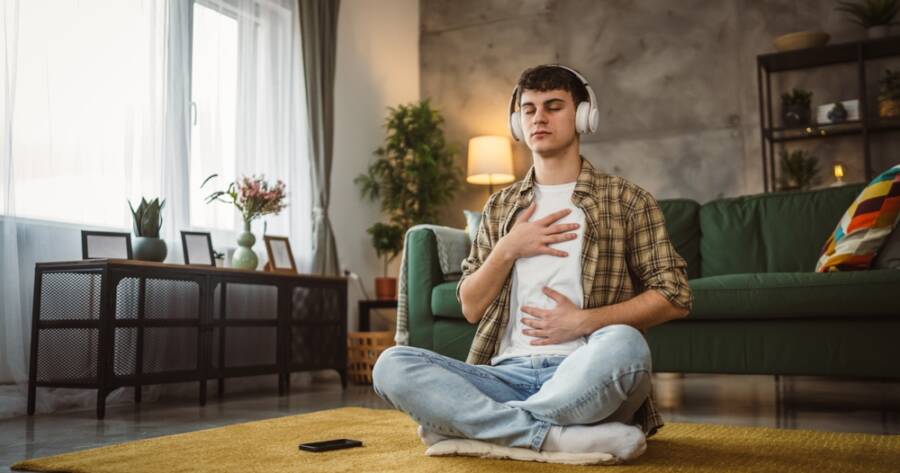In recent years, self-care has become a buzzword. Social media is flooded with bubble baths, candles, and cozy evenings that claim to embody self-care. While those things can be part of a self-care routine, the modern portrayal often misses the mark. True self-care is about maintaining your mental, physical, and emotional well-being, not just indulging in occasional treats. Discover some of the most common self-care myths that might be holding you back, and the truths you should embrace instead.
Myth #1: Self-care is selfish
One of the most damaging myths is that taking time for yourself is selfish. Many people feel guilty for prioritizing their own needs, especially caregivers or those in demanding jobs. But the truth is, you can’t pour from an empty cup. Neglecting your own health and well-being often leads to burnout, resentment, and reduced productivity. Real self-care allows you to show up fully for others. It’s not indulgent—it’s necessary.
Myth #2: Self-care is expensive
Luxury spa days, premium skincare, and weekend getaways might be nice, but they’re not the essence of self-care. You don’t need to spend money to care for yourself. Going for a walk, journaling, taking deep breaths, getting enough sleep, setting boundaries, and spending quality time with loved ones are all valid and free ways to practice self-care. The real goal is consistency and intention, not price tags.
Myth #3: Self-care is always relaxing
Another misconception is that self-care should always feel good or be calming. While relaxation is a part of it, sometimes self-care is tough. It’s going to therapy, saying no to things that drain you, or having difficult conversations. It might even involve waking up earlier to exercise or choosing a salad over fast food. These choices don’t always feel pleasant in the moment, but they support long-term well-being.
Myth #4: Self-care is a reward, not a routine
Many people treat self-care like a prize for working hard—something they get to enjoy only after they’ve earned it. But waiting until you’re exhausted or overwhelmed to take care of yourself defeats the purpose. Self-care should be integrated into your regular schedule, not saved for special occasions. Think of it as preventive maintenance for your mind and body.
Myth #5: One size fits all
Social media often suggests that there’s a universal formula for self-care, but what works for one person might not work for another. Some people recharge through solitude; others thrive on social interaction. One person might love meditation, while another prefers painting or dancing. The key is to find what genuinely restores you, not what’s trendy or Instagrammable.
Myth #6: Self-care is only for women
Self-care is often marketed toward women, leading many men to view it as unmanly or unnecessary. This stereotype is not only outdated but harmful. Everyone, regardless of gender, needs to take care of their mental, physical, and emotional health. From managing stress to maintaining good sleep habits, self-care is human care.
Reframing Self-Care
At its core, self-care is about self-respect. It’s about tuning in to your needs, setting boundaries, and making decisions that protect your well-being—even when they’re hard. It’s less about comfort and more about commitment. Once we move past the myths and start seeing self-care for what it really is—a regular, sustainable practice—we can begin to live more balanced, fulfilling lives.
So, the next time you feel guilty for resting, or feel pressure to spend money for the sake of “treating yourself,” remember: self-care is not about looking good on the outside. It’s about feeling whole and supported on the inside. And that’s something everyone deserves.

